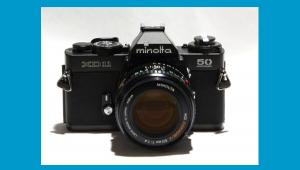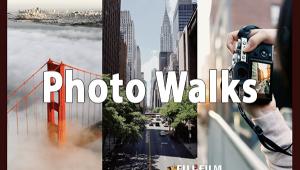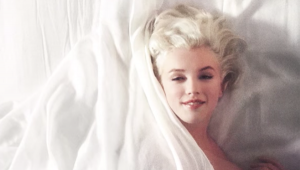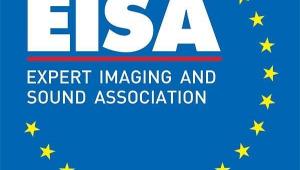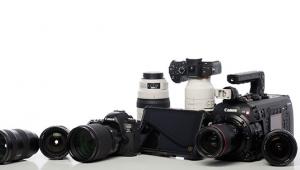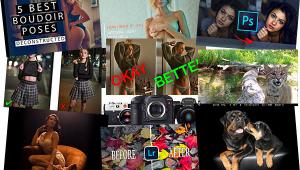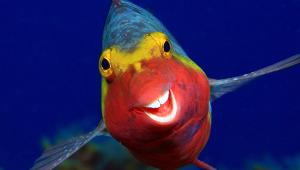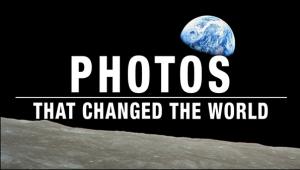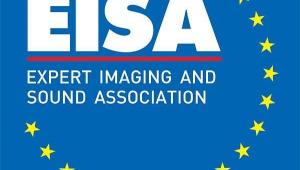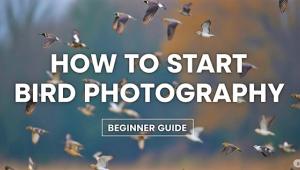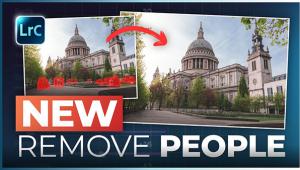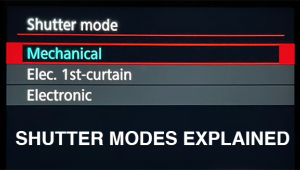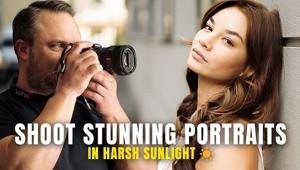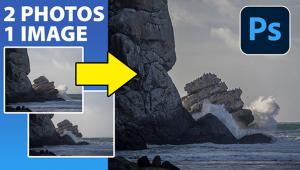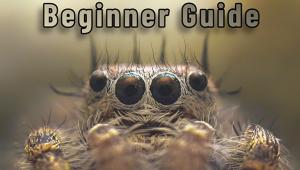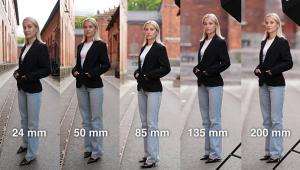Photography Loses Another Giant: Rene Burri, Photographer of Pablo Picasso and Che Guevara, Is Dead at 81

"When you’ve really managed to capture the vibration of life, then you can talk about a good photograph." - René Burri
Swiss photographer Rene Burri died at age 81 on Monday in Zurich after a long illness. Burri was one of the last of the major photographers of the post World War II generation and was best known for his photographs of artist Pablo Picasso and Cuban revolutionary Che Guevara.
Burri and the photographers of his generation were lucky because they worked in the golden age of magazines that flourished after the war. Life, Look, Collier’s, Paris Match, Stern and dozens of others proliferated before television’s 24/7 wall-to-wall coverage of the news.
Magazines and newspapers were the primary source of news and information for millions and they had a constant appetite for new photographs. Dozens of the big name photographers we know today got their start traipsing around the world on assignment and coming back with their photos and their stories.
Burri was one of those assignment photographers who was a natural story teller and it is immediately apparent when you listen to him speak in this wonderful video interview made last year.
One of the stories Burri liked to tell concerned his first meeting with the artist Pablo Picasso. It was in 1957 when he discovered the artist giving a lecture and partying in a small Spanish café. Burri began to take pictures of Picasso amidst the flamenco music and a good deal of drinking; he remembers passing out for a while. Regaining his senses he saw Picasso and his party going to a private room to dine. Then, to his surprise, he was dragged along with them because Picasso had realized that he had only 13 people at his table and, taking this as a bad sign, demanded another diner.
The story behind Burri’s most well known image, the portrait of a cigar chomping Ernesto “Che” Guevara is equally as fascinating.
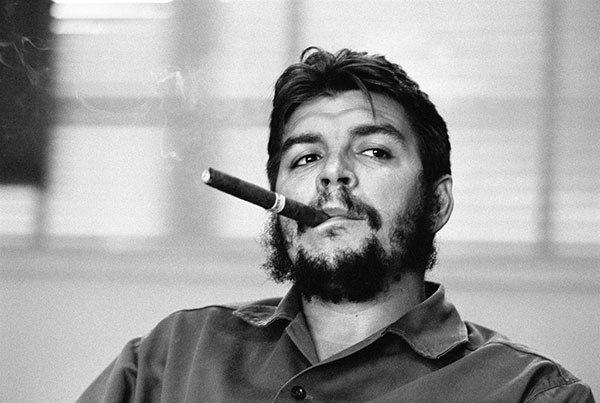
On assignment for Look, Burri was in Havana photographing the leaders of the revolution when he had a chance to meet with Guevara. Armed with a couple of Leica M3s, Burri accompanied a writer to an interview with the doctor turned revolutionary at Guevara’s offices at the Ministry of Industry. At first Burri says that he was put off by Che’s military fatigues, his cigar stuck in his mouth and his unwillingness to look at Burri and his camera.
This actually might have been a stroke of luck because it made it appear that the revolutionary was captured staring into the middle distance having some deep thought. Burri got his shot despite this and Guevara told him that he was also a photographer. Soon the two men recognized themselves in each other; as Burri put: “He was arrogant, but so was I back then!”
Ironically, since that Che photograph was taken in 1963, it has appeared on boxes of candy, cigarette holders, posters, pins, T-shirts, pillows, wine labels and even Santa Claus hats. Burri’s portrait of the iconic revolutionary turned him into a capitalist product and part of a holiday party costume.
Burri the storyteller was known to entertain friends for hours on end with his tales of his wild photographic adventures; he was funny, charming and irresistible. He joined Magnum in 1955 and almost immediately at the agency’s annual meetings became part of the “family,” gathering up the Magnum-ers for a madcap family photo.
His warmth and spontaneity won the hearts of his Magnum family. As Magnum Photos President Martin Parr put it, "Not only was he one of the great post-war photographers, he was also one of the most generous people I have had the privilege to meet."
Burri was born in Zurich in 1933 and took his first serious photograph in 1946 when Winston Churchill was on a post-war visit to Switzerland. The barely teenaged Burri was standing on the curb and seeing Churchill standing in an open top-car, borrowed his father’s camera and quickly photographed the British leader framed against an out of focus crowd. After school when he was just 23, he had a photo essay of his about a school for deaf-mute children in Zurich entitled, “Touch of Music for the Deaf” published in Life magazine.
Over his lifetime Burri won many awards for his photography and the most recent was his induction into the Leica Hall of Fame. Burri’s life may have been best summed up in a statement from his family that reads, in part: “With (the death of) René Burri the world of photography loses one of its most powerful artists, a true humanist, who skillfully documented from behind the scenes the suffering and joy of humankind.”
With his death, over 30,000 photographs from Burri’s remarkable career will go to the Musée d'Elysée in Lausanne, Switzerland. He is survived by his second wife Clotilde Blanc, their son, and two children from an earlier marriage.



